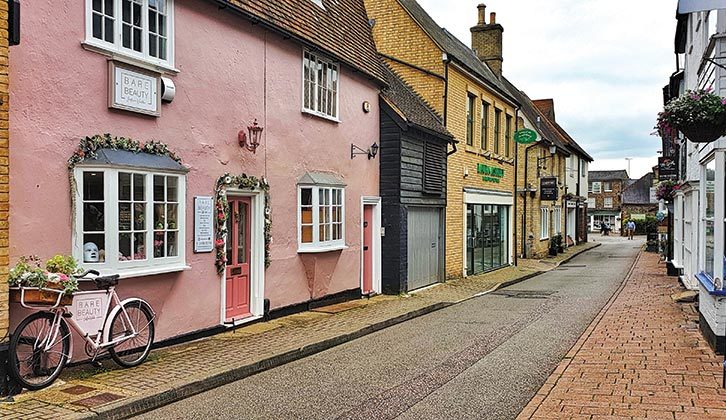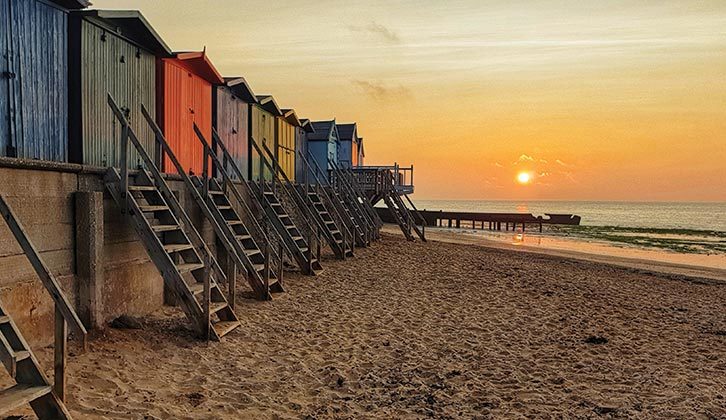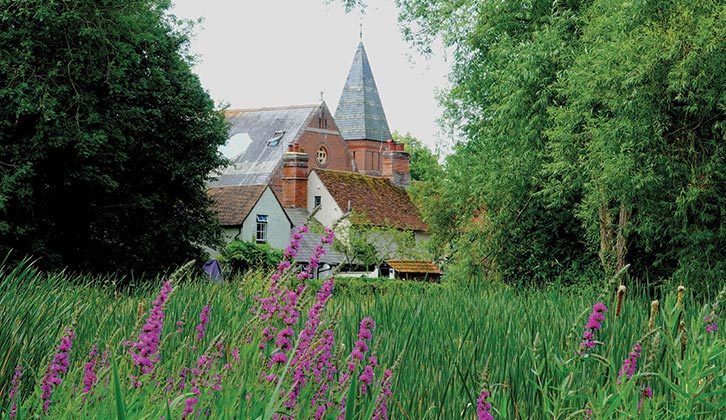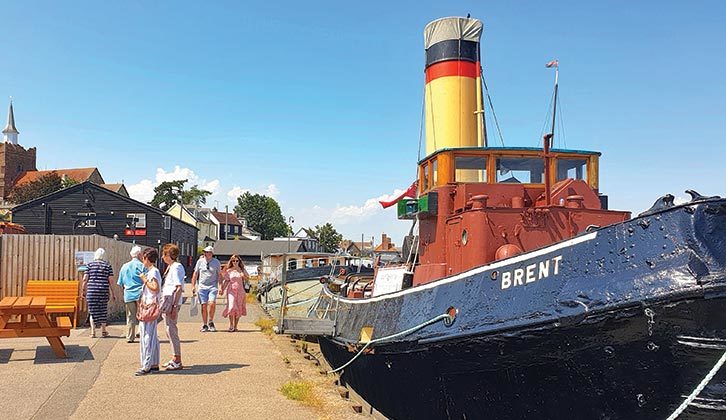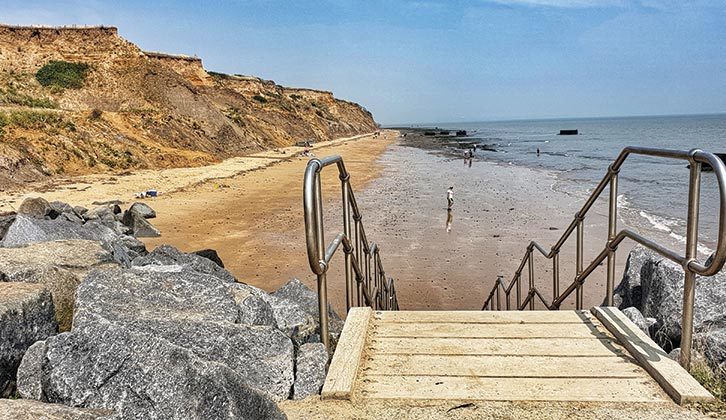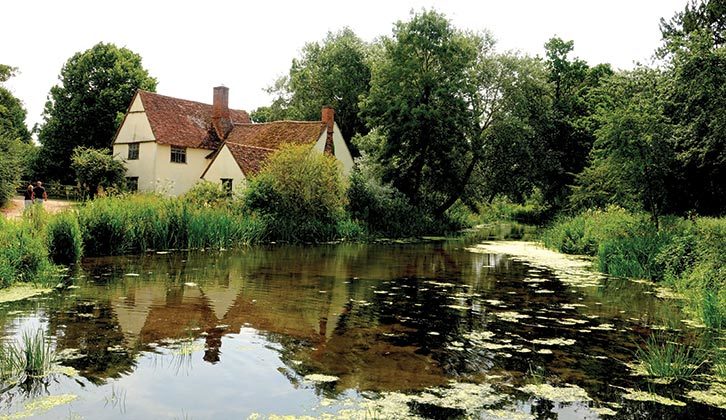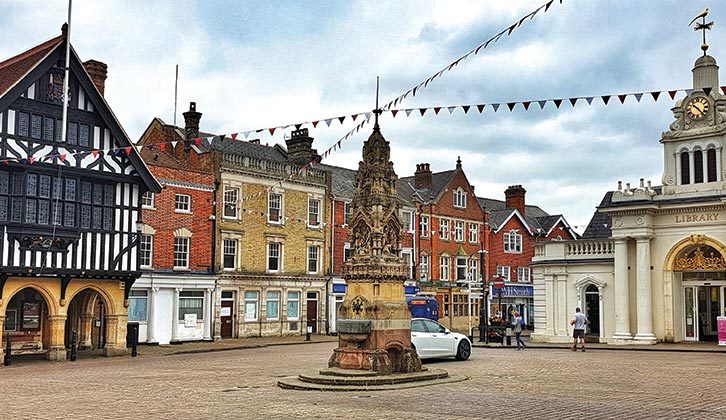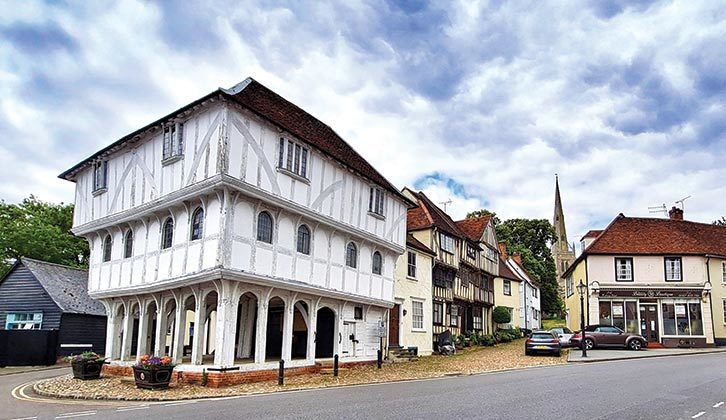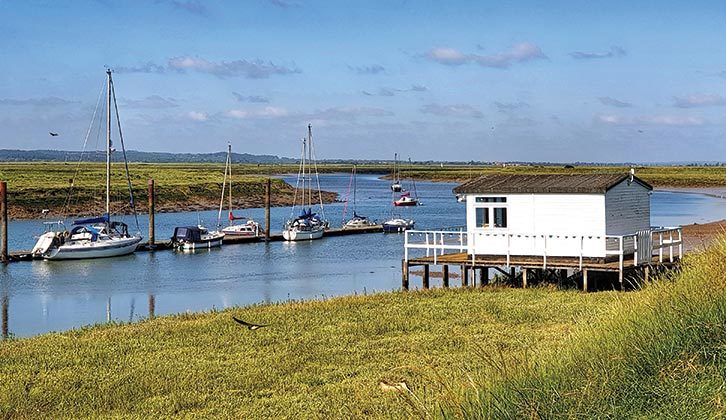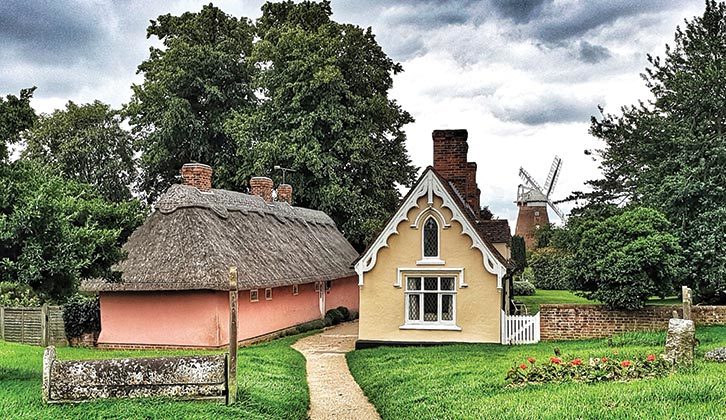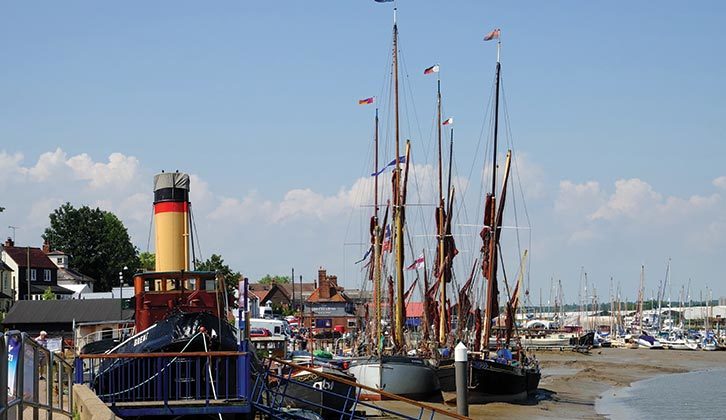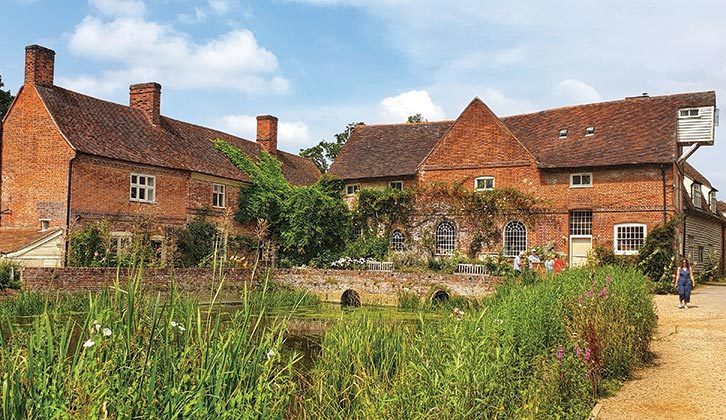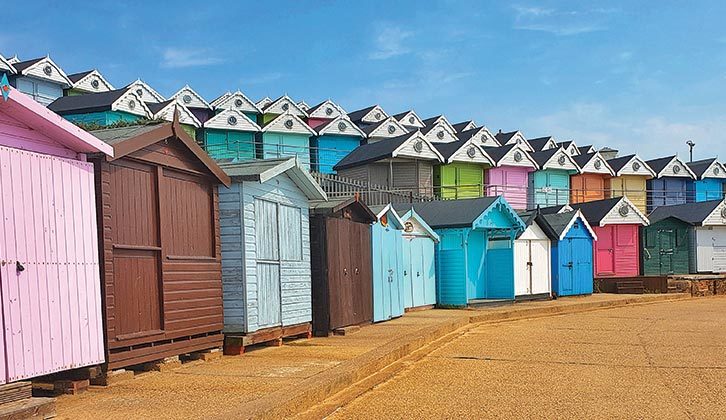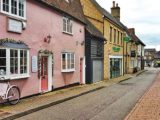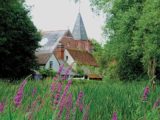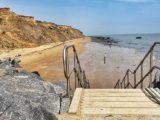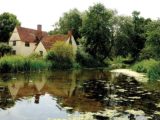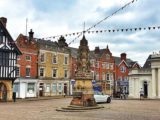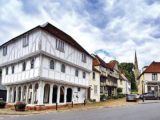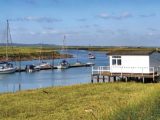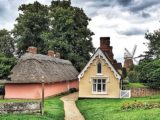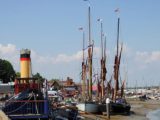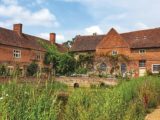The media has a huge influence on how we feel about a place – this is certainly true for one of England’s most underrated counties, Essex. Behind its portrayal on screen and in the tabloids, Essex hosts so many beautiful surprises that a visit is a must. Let us whet your appetite and ensure it is placed on your road-trip map! You can also take a look at our guide to the best motorhome campsites for more inspiration for destinations to visit.
Seek out new territory
Keen explorers, we had not given much thought to Essex before the pandemic hit, but the halt on foreign travel soon set our sights on some UK destinations. When the country began to open up enough for us to travel again, we searched for places that were new to us and which would not fall foul of high-season crowds.
Exploring Essex was the answer! Dig into its roots and you will uncover a wealth of fascinating history. It is home to Colchester, England’s first city and the capital of Roman Britain. Add to this stunning sunrises, a remarkable coastline, quintessential English villages and characterful homes reminiscent of those found in Scandinavia and Holland.
In addition, despite being on the edge of London, Essex is blessed with acres of undulating fields of golden corn and purple borage – it really is beautiful.
Our sat-nav route took us directly east from Herefordshire and we entered Essex at its north-west fringes, close to Stansted airport and a stone’s throw from the many charms of Saffron Walden.
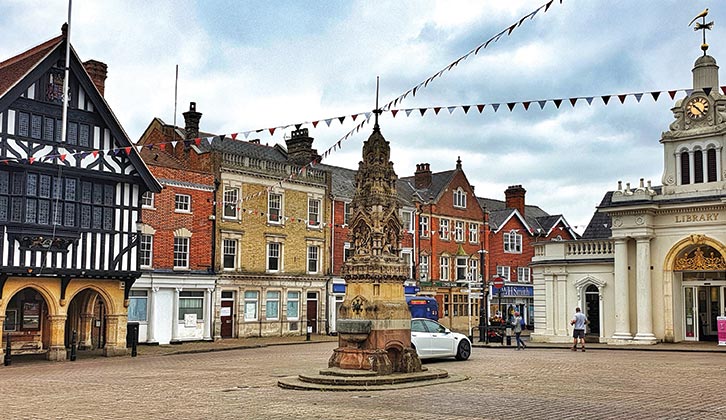
Medieval market town
As its name indicates, this venerable market town was once the trading centre for locally grown saffron, a spice so labour-intensive to harvest, it costs more per ounce than gold.
These days, farming of the beautiful Crocus sativus is left to an experimental corner of the public gardens, although this enchanting market town is still well worth a visit on its own merits.
The impressive central square looks just like something from a travel magazine and its brightly coloured medieval houses, overhanging the streets, will keep your camera busy.
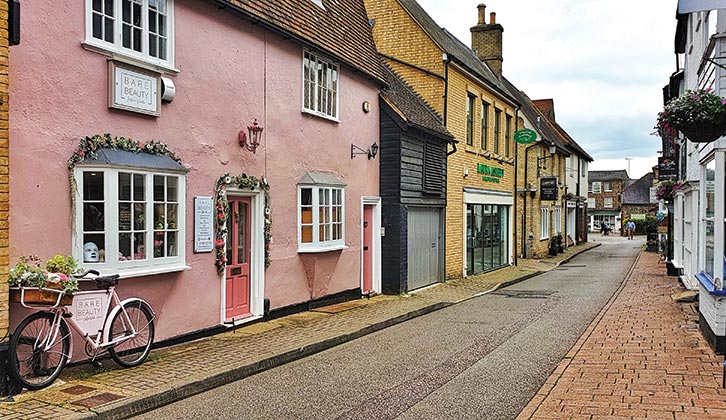
You can easily while away a day here as you roam through the ornate gardens, which have a definite air of Kew about them, visit the free art gallery and pay your respects at its hugely impressive church and fine castle ruins. With excellent daytime parking available at the Swan Meadow Car Park, you are also free to explore without stress; although we’d still recommend arriving early, because this is clearly an extremely popular touring destination.
Heading for the coast, we meandered through beautiful countryside that defies TV’s portrayal of the county, with gently rolling landscapes and winding roads – some of them rather narrow!
The whole area is speckled with windmills and cornfields, reminding us that this surprisingly rural county is not all about human bling – nature has its own sparkle. Town after town, village after village invited us to explore. Finchingfield, Great Bardfield and Thaxted are especially appealing. Thaxted, with its lovely backdrop of thatched almshouses, 19th-century windmill and perilously off-kilter Guildhall, is a stunning example of Essex charm. The Margaret Street car park also has free leisure vehicle spaces for day and night parking, making Thaxted a welcoming destination for motorhome touring.
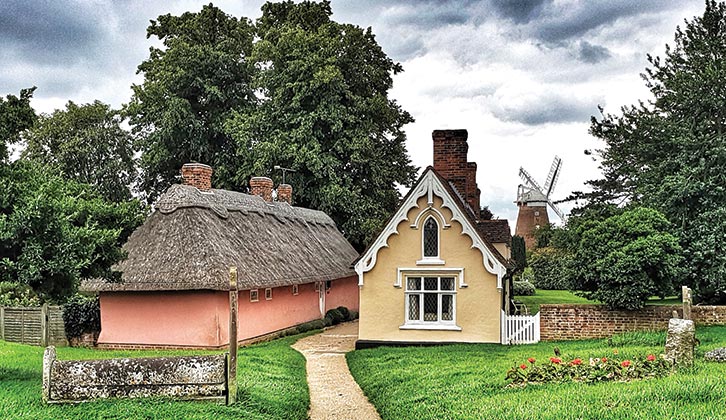
A couple of hours’ drive from the county’s northern boundary, we found ourselves at the coast, with expectations of cockles and jellied eels. Essex has the second-longest shoreline of any English county, topping 350 miles (only Cornwall is longer), and offers much that appeals beyond the typical bucket and spade holiday.
Water plays an important part in the history of the region, too, because it has helped to shape the landscape, providing inspiration for artists and the backbone of its trading success.
Life on the water
Along the coast is a plethora of creeks and rivers, where huge houseboats rest on the tidal waters and rub shoulders with bustling marinas full of gin palaces and jetskis.
Hundred-year-old Thames sailing barges still navigate the waters from Hythe Quay at Maldon, now geared up for tourists rather than the once traditional transportation of salt and hay.
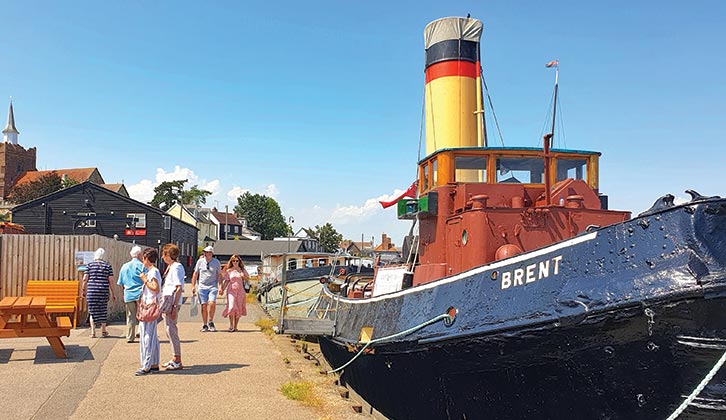
A trip on one of these magnificent red-sailed beauties gifts would-be sailors with the art of boat restoration and an appreciation of their historical significance in the local economy.
Away from the tourist hotspots, though, the coast offers many hidden gems just waiting to be discovered. These include the exclusive but idyllic-looking Osea Island, near Heybridge.
There is a causeway here and at low tide, you can sit and watch while the water ebbs away to reveal the Roman-built pathway to the island, providing a precious four-hour window for the residents to cross to the mainland.
The island is privately owned, so walking across is prohibited, but watching the causeway being exposed by the retreating seas is fascinating.
Peace and harmony
Another must-see here is the ancient Chapel of St Peter-on-the-Wall at Bradwell-on-Sea, which dates back to 660 AD and is located beside the Othona Community, set up to promote peace and harmony after World War II.
The village of Heybridge, by contrast, is a vibrant modern settlement that lies between the River Blackwater, as it heads for the North Sea, and the 14-mile Chelmer & Blackwater Canal.
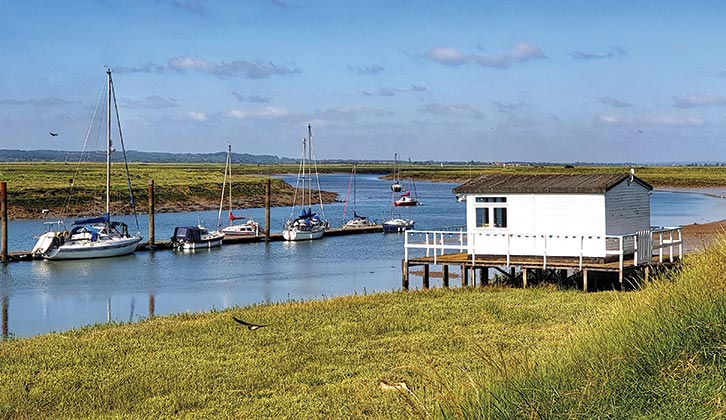
Essex certainly draws plenty of visitors from London to its crowd-pleasing and award-winning resorts, but beyond these popular destinations, you will find many quieter beaches, charmingly adorned with rows of colourful beach huts.
Brightlingsea is one such beauty. This delightful little town supports a still thriving port, while the traditional promenade is an ideal introduction to the many charms of the Essex seaside.
Heading around the coast, we decided to pass on Clacton’s busy amusement arcades and headed for the more upmarket resort of Frinton-on-Sea and historic Walton-on-the-Naze.
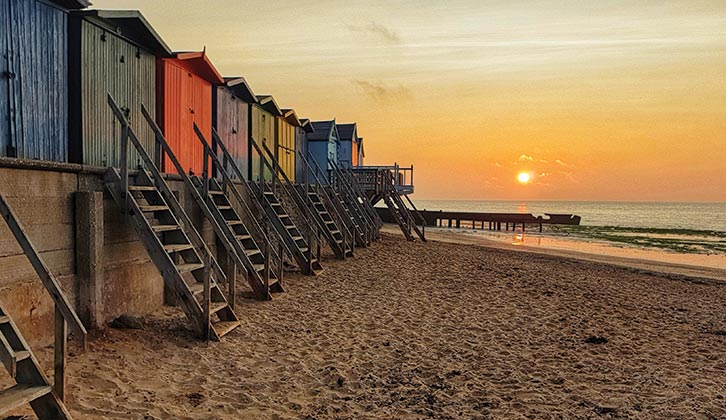
In general, motorhomes are not particularly welcome here – the parking is quite difficult and campsites are rather like hen’s teeth – but the area is well worth visiting for the day.
History and geology
In particular, a visit to The Naze will reward you with a geological wonder, where the eagle-eyed among you might spot a fossilised shark’s tooth, and far more recent remnants of World War II can be seen, lying strewn on the rocks that have fallen down from the clifftops above.
There’s a guided walk here that reveals how this area contributed to the war effort, providing battle training for the troops and the location for top-secret radar trials.
In fact, the 300-year-old Naze Tower played a critical part in winning the Battle of Britain, thanks to its radar technology. Today it is home to local artists and for £4 you can scale the spiral staircase’s 111 steps to the top, where you can capture some truly fabulous views.
A rather more sedate amble on the promenade is a bit like walking through a Disney cartoon, with its 1000-plus tiered beach huts painted in rainbow colours. We defy you not to smile!
Artistic inspiration
Having had our fill of seaside air, the final place on our itinerary was Dedham Vale, straddling the boundary between Essex and Suffolk. This Area of Outstanding Natural Beauty was made world-famous by 19th-century artist John Constable. With the River Stour weaving its way through the region, this is an atmospheric scene, little changed since Constable’s time.
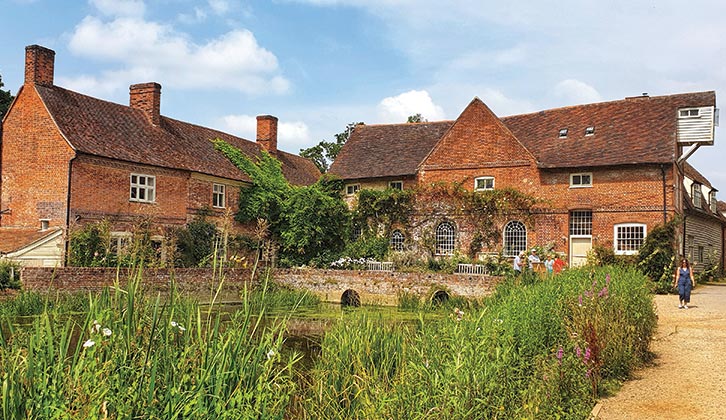
Captured in his iconic landscapes, such as The Hay Wain, Willy Lott’s Cottage, Flatford Mill and Dedham Lock also remain largely unchanged. Visiting here allows you to follow in the artist’s footsteps and discover more about this beautiful part of the world through his eyes.
All in all, Essex has a great deal to recommend it, with a hugely impressive coastline, compelling history and a landscape that perfectly characterises its surprisingly rural nature.
Set aside the narrow roads (which can be a bit challenging for larger motorhomes) and lack of Wi-Fi coverage, and the county of Essex has a gentle grace that can’t fail to entice.
If you’re looking for another part of Britain to explore, why not take a look at these:
- We share our pick of the best motorhome sites in Northern Ireland
- We round-up the best motorhome sites in Cornwall
- We take a look at the best campervan campsites from around the UK
Where we stayed while exploring Essex
Hall Road, Elsenham, Bishops Stortford CM22 6FL
- Open: All year
- Charges: From £12
Brantham, Near Manningtree, Essex CO11 1PW
Tel 01473 327 090
- Open:
- All year: Charges £15
When to go
There’s a great deal to enjoy in Essex at any time of year,
but touring off-season means you can avoid the crowds.
Way to go
Karen and Myles drove to Essex from Herefordshire in their Pilote motorhome. They mostly avoided motorways, travelling via Lechlade and Thame.
Find out more
If you’ve enjoyed reading this article, why not get the latest news, reviews and features delivered direct to your door or inbox every month. Take advantage of our brilliant Practical Motorhome magazine SUBSCRIBERS’ OFFER and SIGN UP TO OUR NEWSLETTER for regular weekly updates on all things motorhome related.
